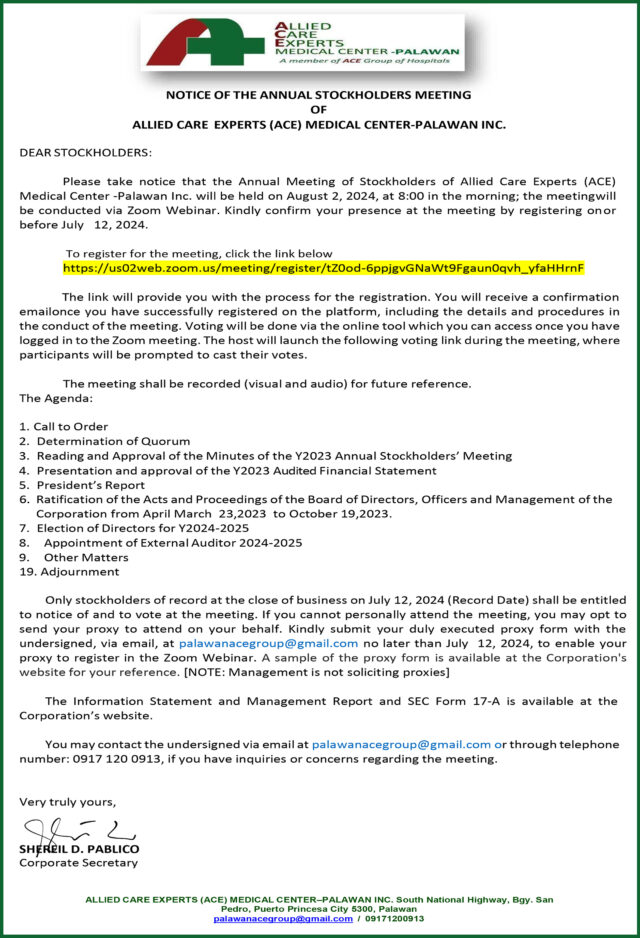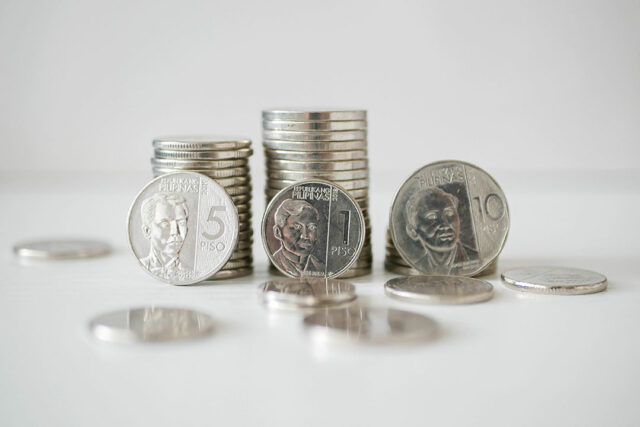Entertainment News (07/09/24)
BINI releases new single with Puregold
FILIPINO girl group BINI, known for their chart-topping hits, has released a collaboration with Puregold. The group took on the supermarket chain’s theme song, “Nasa Atin ang Panalo,” following a music video featuring local musicians SB19, Flow G, SunKissed Lola, and BINI themselves. “When we decided to feature and work with our country’s leading musical artists, we knew we had to collaborate with BINI,” Puregold President Vincent Co said in a statement. BINI is also set to be one of the main acts at Puregold’s Nasa Atin ang Panalo Thanksgiving concert on July 12 at Araneta Coliseum in Quezon City.
SB19 debuts on The First Take
POPULAR Japanese live music channel The First Take recently featured five-member Filipino boy group SB19. In the video, they performed their song “Gento,” which became a hit on TikTok for its addictive tune and memorable dance moves. As with all musicians who appear on the channel, they performed and recorded the song in a studio in one take, hence the series’ name. “It was a true first take, so we were very nervous and overwhelmed, but it was fun and an amazing experience,” the group said in a statement. The video can be watched on The First Take’s YouTube channel.
Barbie Almalbis drops avant-pop track
AFTER collaborating with indie-folk band Munimuni on the song “Tupa” and co-headlining the Mist Music Festival in Canada, Barbie Almalbis has unveiled a new sound with her latest track, “Desperate Hours.” Produced by La Ball’s resident arranger and studio whiz Nick Lazaro, the song serves as the first official single off Ms. Almalbis’ upcoming 5th studio album, to be released at the end of the year. It is a track taking after the avant-pop music of Bjork, Melanie Martinez, and St. Vincent, using unconventional guitar riffs and loose structures in the usual pop format. “Desperate Hours” is out now on all digital music streaming platforms.
Dixie Sheikhs to close Jeepney Jazz series
TO cap off this season’s Jeepney Jazz sessions, Dixie Sheikhs will be bringing playful mash-ups on July 13, 8 p.m., at the Ayala Museum in Makati. Presented by the Filipinas Heritage Library (FHL) in partnership with Purefoods Deli, the series of concerts centered on the uniquely Filipino jazz sound and will welcome the group’s Dixieland classics. The band’s repertoire will include famous tunes of early jazz in America and experimental and contemporary Filipino songs presented in the musical style of the 1920s and 1930s. Ronald Tomas, arranger and Dixie Sheikhs band leader, aims to draw parallels between the airwaves of pre-war Philippines and today’s Pinoy popular songs. Tickets — which are P1,500 for regular, P1,200 for students and Ayala employees, and P1,000 for seniors and PWDs — will include food and drinks and are now available at FHL’s website.
Belle Mariano releases EP ahead of sold-out concert
ACTRESS-SINGER Belle Mariano is back with a new extended play (EP) called BELIEVE, a collection of tracks about accepting one’s fate, overcoming pain, and making big dreams. It serves as a prelude to her sold-out concert of the same name happening on July 13. The mini album has five songs, all produced by StarPop label head Roque “Rox” Santos. While the concert will be at The Theatre at Solaire in Parañaque, fans can also catch a livestream via iWantTFC mobile app and website or through iWantTFC Tickets for P599. Joining Ms. Mariano as her special guests are Donny Pangilinan, Moira dela Torre, Denise Julia, and Martin Nievera. BELIEVE is out now on all digital music streaming platforms.
Spotify releases data on Filipino podcasters
MORE and more Filipinos are turning on their mics and bringing their ideas to life via podcasts, according to a recent study unveiled by music platform Spotify. It showed that “podfluencers” have come about from the growth of podcast creation and consumption in the Philippines. Podcast creators grew more than tenfold, with 72% of podcast consumption in the country coming from local shows, the platform said. Its study is now available to view online.
STAYC unveils debut full-length album
K-POP group STAYC has released their debut full length album Metamorphic, following their mini-album TEENFRESH in 2023. It is produced by Black Eyed Pilseung (B.E.P.), with the goal of capturing the six-member girl group’s vibrant energy and quirky musical energy. The title track, “Cheeky Icy Thang,” is set to a runway strut in the summer, setting the tone for the group’s album. Metamorphic is out now on all digital music streaming platforms.
Actor Kim Ji Soo debuts in PHL in Black Rider
KIM JI SOO, a South Korean actor, has made his Philippine debut as a cast member of GMA 7’s hit primetime series Black Rider. Known for his roles in popular K-dramas like Moon Lovers: Scarlet Heart Ryeo, Strong Girl Bong-soon, and My First First Love, the actor will portray Adrian Park, a half-Filipino, half-Korean professional killer. In the show, he displays his handgun skills alongside Yassi Pressman’s character, Vanessa Romero.
Hanabishi launches BT21 Mini Jumbo Fans
HANABISHI Appliances is set to release a Special Edition Mini Jumbo Fan Collection featuring the characters of BT21. BT21 is a new IP co-created by Line Friends and the K-pop group BTS. Rather than simply creating avatars of the physical appearance of the band, BT21 consists of eight different characters created by the members of BTS. Since its launch in 2017, BT21 has come out with varied products bearing the designs of the “BT21 Universe” Available in candy colors and featuring a different character for each fan, the Hanabishi special edition mini jumbo fans are not just practical but also collectible items. The cartoon characters — Koya, RJ, Shooky, Mang, Chimmy, Tata, and Cooky — will have their own seven-inch mini jumbo fan. All the fans have a three-speed option control, 90-degree tilt function, thermal fuse protection, powerful airflow, and turbine grill. Each fan will retail for P1,299. The Hanabishi special edition mini jumbo fans featuring BT21 will be available this month.




























